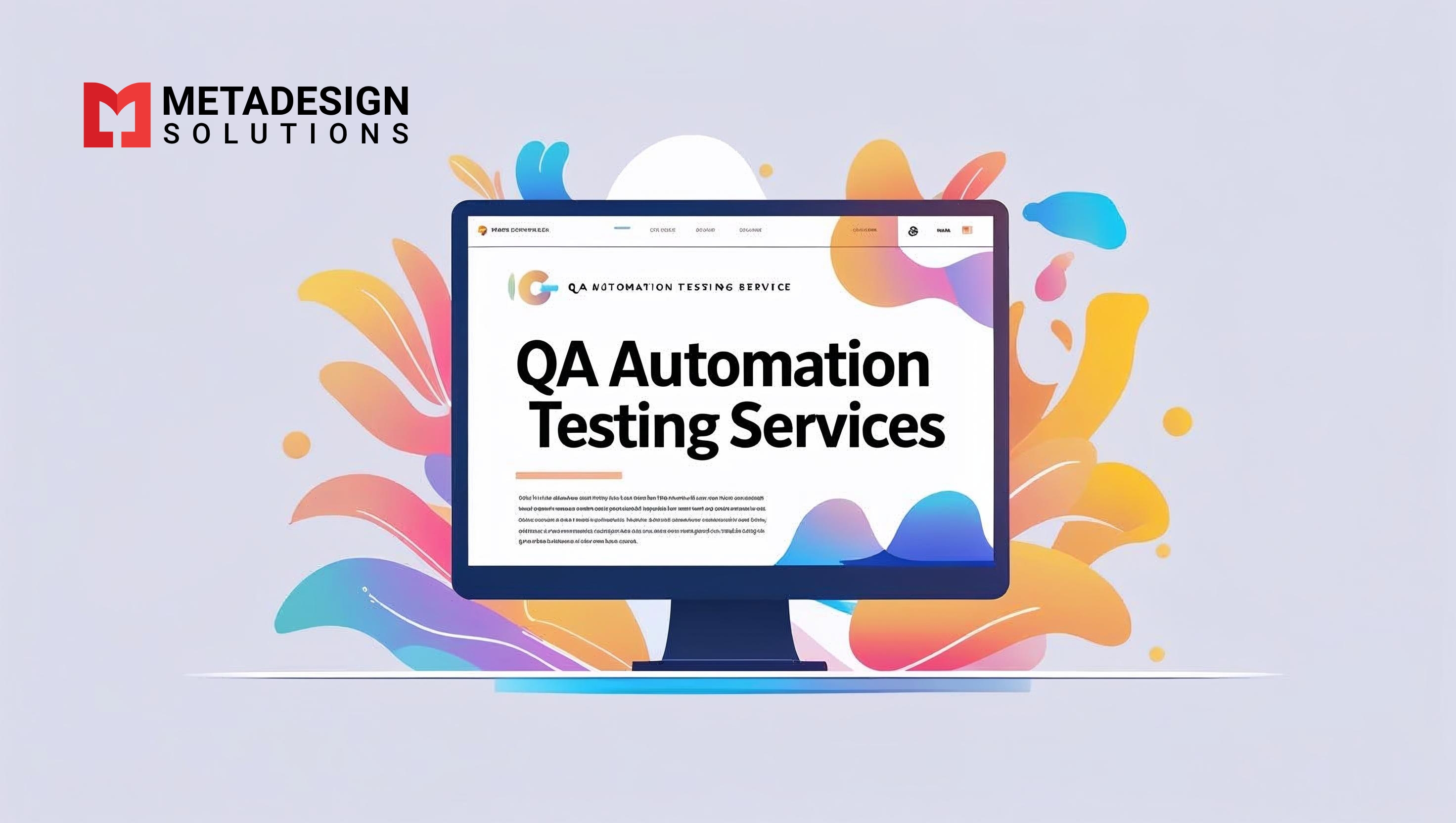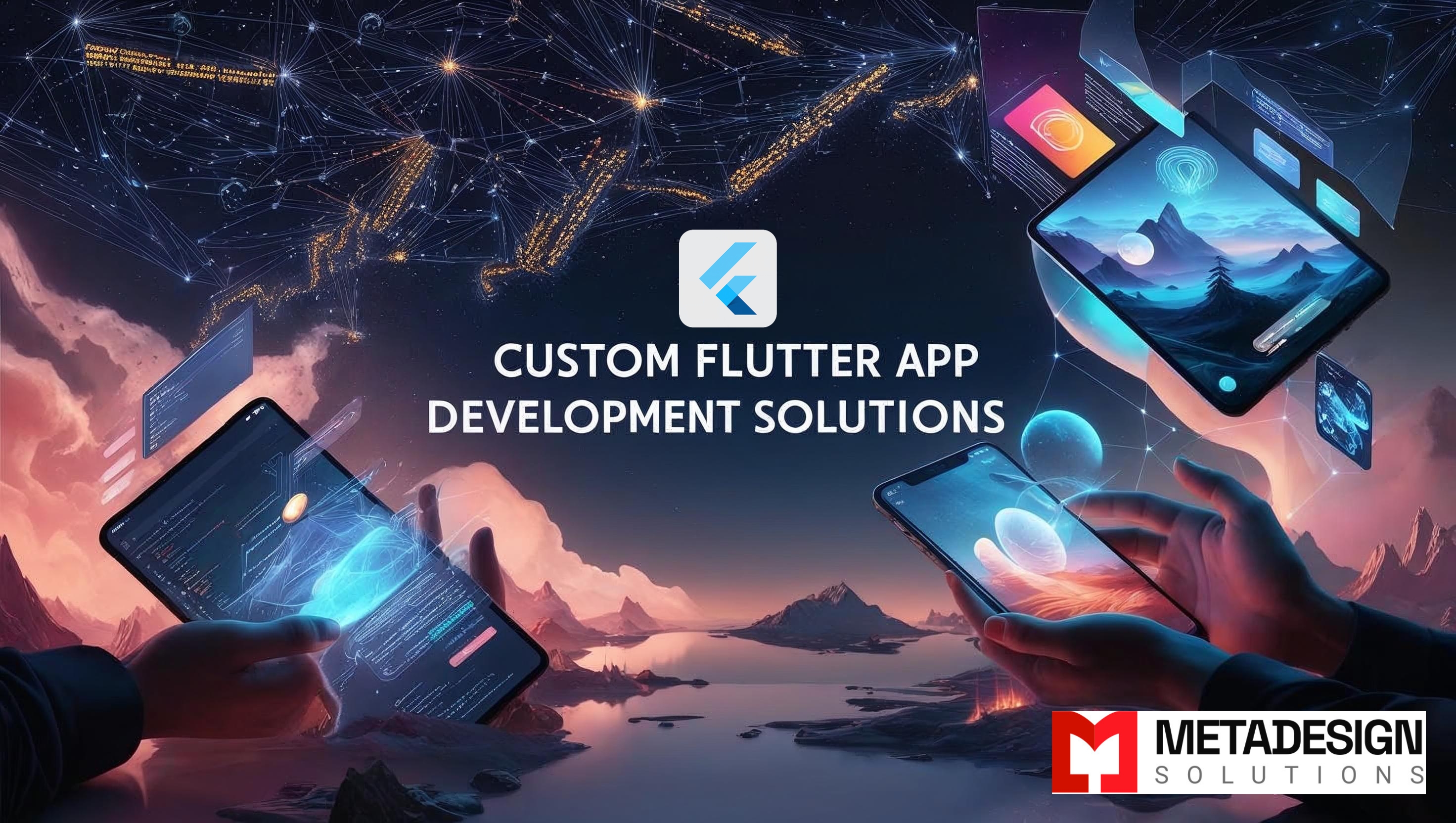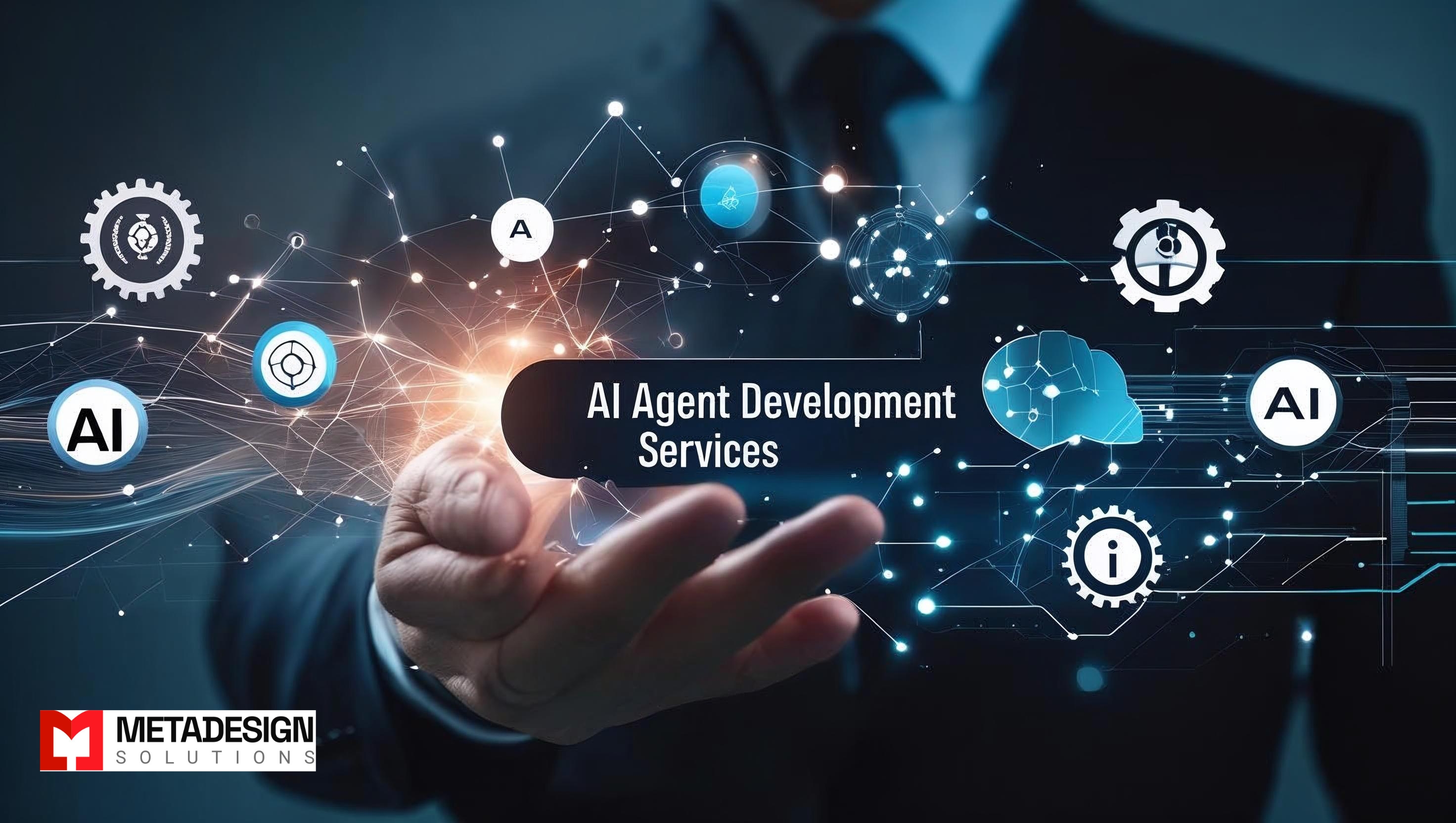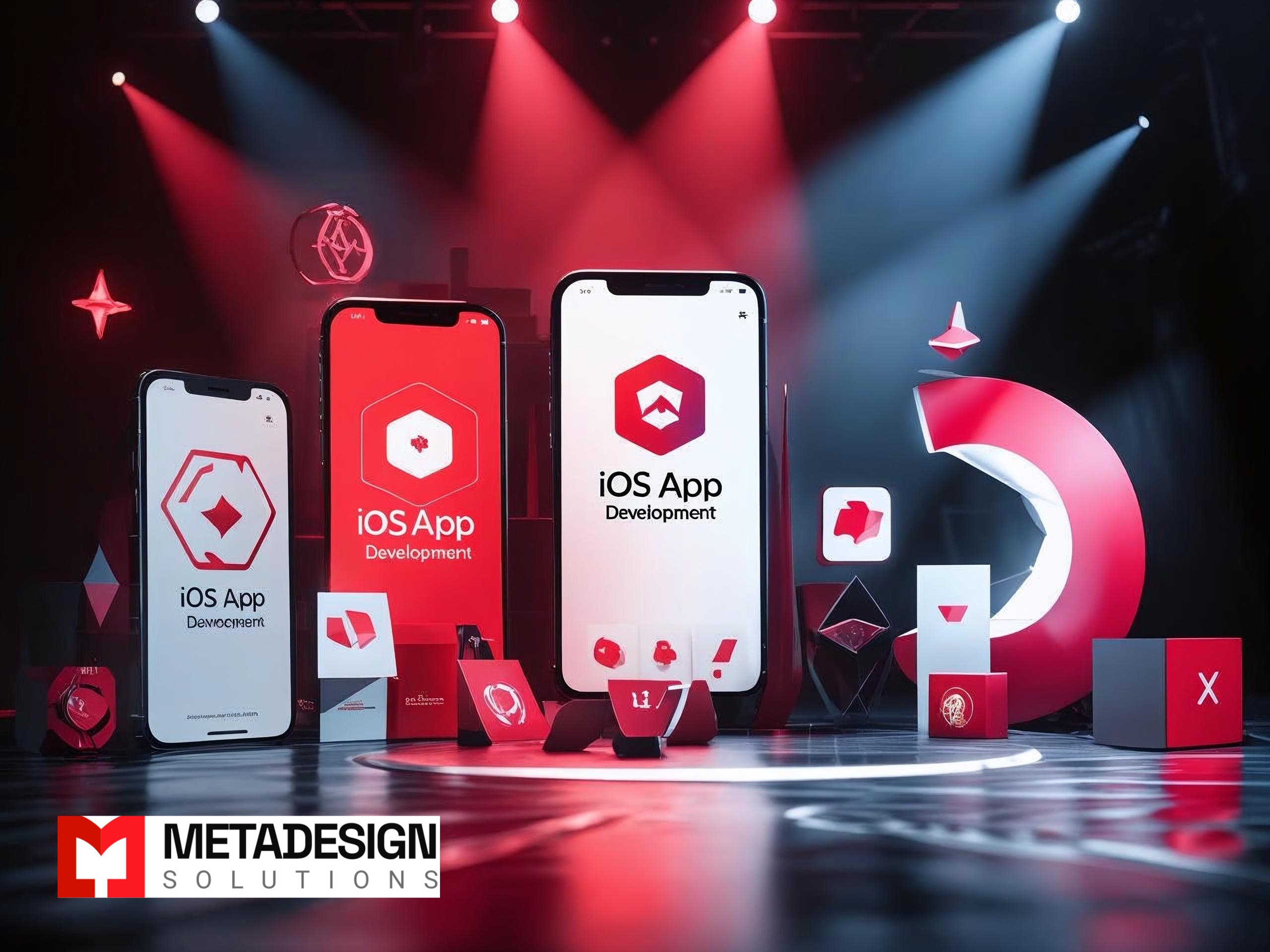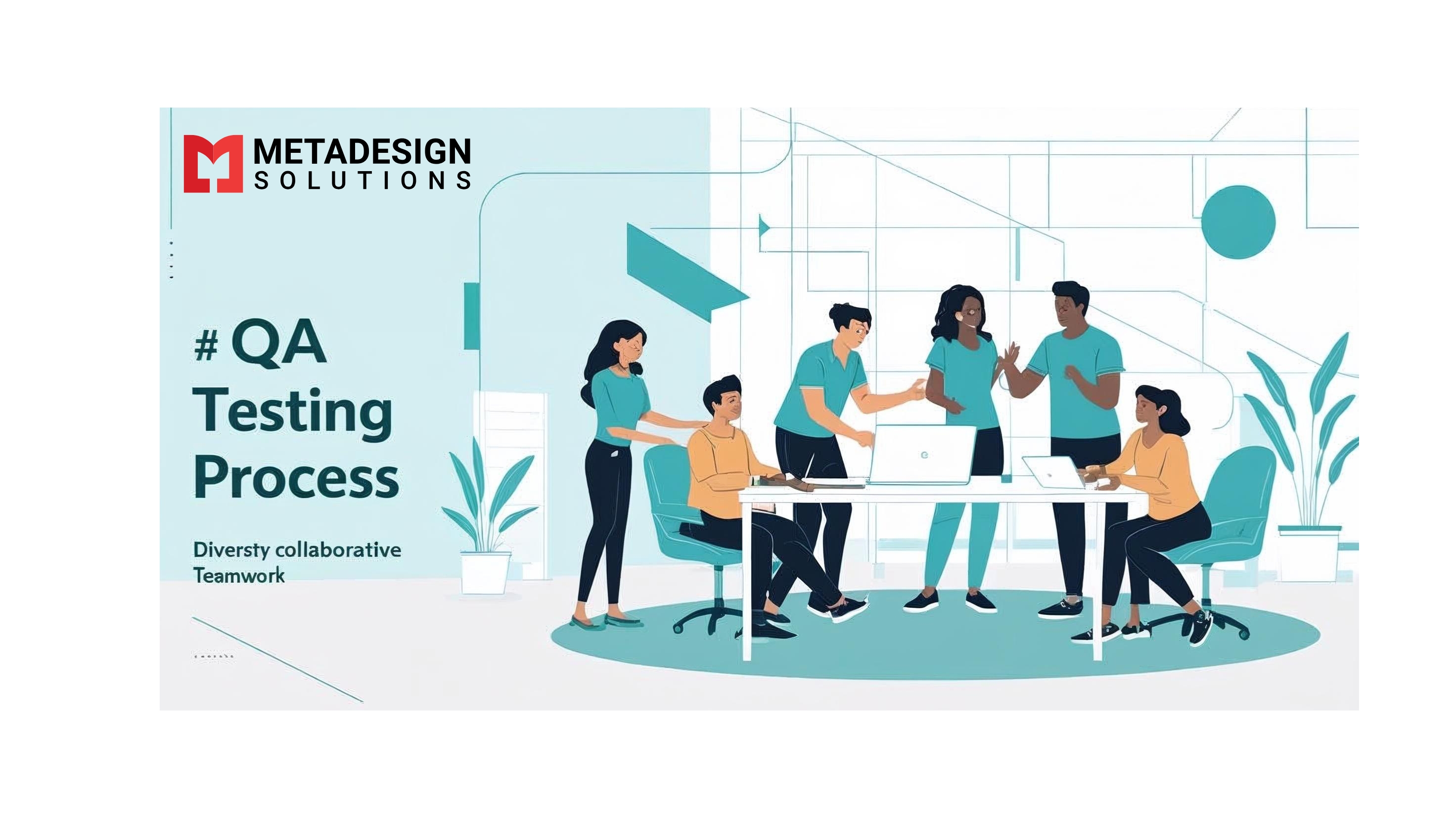Flutter’s 3D UI Toolkit: Designing Immersive Apps Without Native Code | MetaDesign Solutions

Strong 8k brings an ultra-HD IPTV experience to your living room and your pocket.
Flutter’s 3D UI Toolkit: Designing Immersive Experiences Without Native Code
In 2025, user expectations have reached new heights. Mobile users now demand rich, interactive, and immersive user experiences that go beyond static 2D interfaces. As businesses race to adopt next-generation technologies to stay relevant, Flutter’s 3D UI toolkit emerges as a game-changer for developers looking to build immersive applications without relying on native code.
Google’s Flutter framework, known for its cross-platform capabilities, now empowers developers to build 3D user interfaces with ease. This major shift unlocks new creative potential, allowing applications to become more engaging while maintaining the efficiency of a single codebase.
At MetaDesign Solutions, a leading Flutter app development company, we specialize in crafting intelligent, interactive, and immersive applications using Flutter’s evolving capabilities. This article will explore how the 3D UI toolkit in Flutter works, its benefits, use cases, and how businesses can leverage it to build next-generation experiences with the help of expert Flutter app development services.
1. The Evolution of UI: From 2D to 3D in Flutter
Traditionally, mobile app interfaces were flat, static, and limited to two dimensions. While animations and transitions enhanced visual appeal, they still lacked depth and interaction. The rise of 3D UI allows developers to introduce elements of realism, spatial awareness, and dynamic interactions—fundamentals for modern gaming, retail, education, and metaverse-based applications.
Flutter, initially renowned for its 2D rendering engine, is rapidly transforming into a powerhouse for immersive design. Thanks to the integration of 3D rendering libraries like Flutter SceneKit, Rive, and custom shaders through CustomPainter and SceneBuilder, developers can now build 3D scenes directly in Flutter without turning to platform-specific languages like Swift or Kotlin.
2. Why Choose Flutter for 3D App Development?
a. True Cross-Platform Compatibility
Flutter is the ultimate cross-platform toolkit, enabling development for Android, iOS, Web, desktop, and even embedded systems—all from a single codebase. Its 3D UI capabilities extend this strength, allowing businesses to build immersive experiences that work consistently across all platforms.
As a Flutter cross-platform app development company, MetaDesign Solutions leverages Flutter to provide 3D capabilities across devices without duplicating effort or introducing platform-specific dependencies.
b. Zero Native Code Required
The ability to build 3D UIs without writing native code is revolutionary. Unlike Unity or Unreal Engine, which often require platform-specific extensions and complex build pipelines, Flutter simplifies development. With Flutter’s 3D capabilities and Dart language, developers can create rich visual experiences that are performant and portable.
c. Fast Iteration and Hot Reload
Even with 3D components, Flutter’s hallmark feature—hot reload—remains intact. Developers can instantly preview changes, iterate on design ideas, and debug quickly, reducing time-to-market for immersive applications.
d. Customizability and Open Ecosystem
Flutter’s rendering engine (Skia) supports custom shaders, texture mapping, lighting, and animations. This opens the door for custom Flutter app development solutions tailored to industry-specific requirements, from interactive product visualizations to immersive AR interfaces.
3. Key Components of Flutter’s 3D UI Toolkit
a. CustomPainter and Canvas3D
For precise, low-level drawing of shapes and animations, Flutter’s CustomPainter can be extended to simulate 3D visuals using math and perspective projection techniques. Canvas3D libraries also allow rendering objects in 3D space.
b. Rive for Interactive Animations
Rive, a Flutter-compatible animation tool, enables real-time 3D-style interactive animations with state machines. Perfect for creating responsive UI elements, game-like interfaces, and interactive components.
c. SceneBuilder and Layers
SceneBuilder allows developers to control scene graphs and rendering trees, a technique critical for managing complex 3D layouts and transitions. Combined with custom shaders, this enables photo-realistic interfaces without heavy GPU overhead.
d. Flutter Unity Bridge (For Advanced Use)
While Flutter aims to eliminate native dependencies, in some advanced use cases (e.g., VR or AR-heavy apps), Flutter can interface with Unity using a plugin bridge. Still, Flutter manages the UI, while Unity handles complex 3D rendering.
4. Use Cases for 3D UIs in Flutter
The ability to design 3D interfaces in Flutter has far-reaching implications across industries. Here’s how different sectors are leveraging this feature in 2025:
a. E-commerce and Retail
Create interactive product previews that users can rotate, zoom, and explore in 3D before purchasing. This elevates the shopping experience and increases buyer confidence.
b. Education and Training
Educational apps can now include 3D simulations of anatomy, physics experiments, or virtual labs, enhancing engagement and understanding.
c. Real Estate and Architecture
Enable users to explore 3D floor plans, walk through virtual property tours, or view architectural designs in interactive formats—all within a mobile app.
d. Healthcare and Fitness
Visualize 3D human body models for medical reference or fitness tracking apps, where users can view muscle groups and joints during workouts.
e. Gaming and Entertainment
Casual games and gamified UIs can now include 3D avatars, transitions, and scenes, creating more engaging experiences without full-scale game engines.
5. Designing 3D Interfaces: Best Practices for Flutter Developers
Creating immersive 3D UIs is about more than adding depth. It’s about usability, performance, and interactivity. Here are best practices for developers and UI/UX teams:
a. Balance Performance with Visuals
3D rendering is resource-intensive. Optimize by using lower poly models, compressing assets, and minimizing unnecessary animations. Use Flutter DevTools to monitor frame rates and GPU usage.
b. Focus on User Interaction
Ensure that gestures, transitions, and visual feedback are intuitive. Use GestureDetector and Transform widgets effectively to allow swipes, zoom, pan, and tap interactions in 3D space.
c. Use Layering and Shadows Wisely
Flutter allows layered rendering, which can be used to simulate shadows and depth. Avoid overusing shadows or textures that may lead to a cluttered interface or performance issues.
d. Accessibility Matters
Even in 3D UIs, accessibility should not be compromised. Include screen reader labels, maintain contrast, and ensure navigation is easy for all users.
e. Prototype Often
Use hot reload to experiment rapidly with angles, materials, and movement. The ability to preview designs instantly is a major advantage for iterative development.
6. Future of Flutter 3D: What to Expect Beyond 2025
Flutter is evolving rapidly, and 3D support is expected to expand significantly. Here’s a glimpse into the future:
Built-in 3D Widget Support: Flutter may soon introduce native 3D widgets (e.g., 3DContainer, 3DListView) to simplify design.
Better AR/VR Integration: Deeper integrations with ARCore and ARKit are likely, enabling Flutter apps to include AR elements natively.
Shader Language Enhancements: Expect Dart extensions or DSLs (domain-specific languages) for shaders, enabling visual developers to craft cinematic interfaces.
Performance Boosts: With future hardware acceleration and GPU enhancements, rendering real-time 3D on mobile will become even more efficient.
7. Flutter + MetaDesign Solutions: Your Partner for Immersive App Design
At MetaDesign Solutions, we offer custom Flutter app development solutions tailored to your business vision. As a pioneering Flutter app development company, we specialize in using Flutter’s cutting-edge features to deliver next-gen applications that blend performance, design, and intelligence.
Our services include:
End-to-End Flutter App Development Services
From concept to deployment, we handle everything—design, frontend, backend, API integration, and testing.
Immersive UI/UX Design
We create dynamic 3D interfaces that are engaging, user-friendly, and scalable.
Cross-Platform Development
Our Flutter cross-platform app development company expertise ensures your apps work flawlessly across Android, iOS, Web, and more.
3D Rendering and ML Integration
We can integrate Flutter with TensorFlow Lite and AR engines to create smart, immersive, and responsive applications.
Conclusion: The 3D Future is Now—And It's Powered by Flutter
Flutter's 3D UI toolkit is not just a new feature—it’s a shift in how apps are designed and experienced. It democratizes immersive design by removing the need for native code or game engines, making it accessible to mobile developers everywhere. With Flutter app development services from MetaDesign Solutions, your business can unlock the power of interactive 3D experiences that elevate engagement, retention, and brand presence.
Whether you're a startup envisioning an innovative product, or an enterprise exploring 3D UI to enhance customer experience, the time to embrace Flutter's 3D toolkit is now. Let's build the future—together.
Need expert help designing immersive 3D apps with Flutter?
Contact MetaDesign Solutions today for end-to-end development, consultation, and design services.
Related #Tags:
#Flutter3D #FlutterDevelopment #CrossPlatformApps #3DUIinFlutter #MetaDesignSolutions #FlutterToolkit #AppDesign2025 #CustomAppSolutions #ImmersiveUI
Note: IndiBlogHub features both user-submitted and editorial content. We do not verify third-party contributions. Read our Disclaimer and Privacy Policyfor details.



